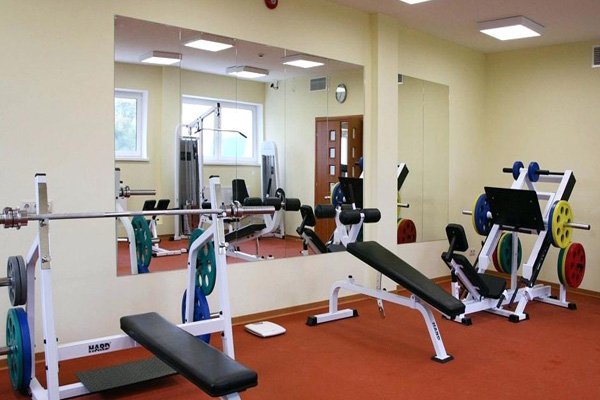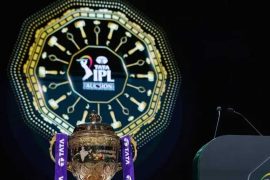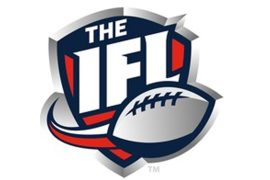The “Indian Sports and Fitness Goods Market: Industry Trends, Share, Size, Growth, Opportunity and Forecast 2018-2023” report has been added to ResearchAndMarkets.com’s offering.
The Indian sports and fitness goods market reached a value of US$ 3,314 Million in 2017. The market value is further projected to reach US$ 5,565 Million by 2023, at a CAGR of 9.0% during 2018-2023.
Sports is considered an important part for the overall growth of an individual. As a result, numerous schools, colleges and other public institutions in India are encouraging students to opt for physical education as well as other curricular activities. Besides this, growing awareness about personal health among the Indian population has led them to join health clubs and gyms or actively participate in different sports.
In addition to this, they are also engaging in unconventional fitness activities like zumba, kickboxing and aerobics. Rising interests in these activities has augmented the expansion of fitness centers across the region, in turn, propelling the growth of the market.
Indian Sports and Fitness Goods Market Drivers:
India represents a large customer base for sports goods. The population of India in 2017 was around 1.3 Billion which is equivalent to around 18% of the total world population. Moreover, A large share of its current population is represented by the young generation (the age group 15-29 years constitutes more than a quarter of the total population of India) which is the target consumer base for sports and fitness products.
Social media has largely grown to encompass a major proportion of the Indian population and is acting as a catalyst in driving the growth of the sports and fitness sector. Through social media, sports and fitness product manufacturers have developed new way of communication with the audience. Popular social media channels such as Facebook, Instagram, Twitter, etc. have dedicated webpages to advertise products by elaborating their specifications and functionalities which increases a consumer’s engagement level. This helps in building the brand recognition, affinity and loyalty of customers.
Moreover, many sportspersons also use this social media to connect with their fans and endorse their brand affiliations which helps in the promotion of various sports and fitness goods. Moreover, sports franchises in India are taking several initiatives to raise fan engagement, this includes starting a fan page on the official website, arranging a meet up with team players and, organising training camps and talent hunt programmes.
Another major trend catalysing the demand of sports and fitness goods is the rising public and private investments in infrastructure development. The government has been upgrading various existing stadiums, parks, clubs and health centers and many new ones are coming up. Private investment in infrastructure have also increased significantly with all major residential societies coming up with clubs, gym and ample space for doing outdoor sports. The infrastructure in schools, colleges and other institutions are also being upgraded with facilities such as gyms, swimming pools, stadiums, courts, etc. being constructed. With more and more individuals now having an access to such facilities the demand of sports and fitness goods is also increasing.
India’s economic growth has resulted in a continuous growth in disposable incomes. As a result, consumers have started focusing on personal wellbeing apart from pre-requisites. This has resulted into an increase in the demand for gyms, fitness centres, and other fitness related activities. Consumers are also increasingly engaging in rigorous exercise that aid in weight control, immunity development, and increase in stamina, consequently, improving the overall health of the body. An increasing problem of obesity is also driving consumers towards gyms and fitness centres.
Breakup by Product Type:
On the basis of product type, the Indian sports and fitness goods market has been divided into balls, adventure sports, fitness goods and golf goods. Among these, balls represent the largest product segment.
Breakup by Fitness Goods:
The market has also been bifurcated on the basis of fitness goods into cardiovascular and strength training goods.
Breakup by Cardiovascular Equipment:
On the basis of cardiovascular equipment, the market has been categorized into treadmill, stationary bike, rowing machine and elliptical.
Breakup by End-Use:
Based on the end-use, the report has segmented the market into health clubs and gyms; home consumers; hotels and corporate offices; hospitals, medical centers and public institutions.
Regional Insights:
On a geographical front, the market has been segmented into North India, West and Central India, South India and East India.
Disclaimer:
The information contained in this article is for educational and informational purposes only and is not intended as a health advice. We would ask you to consult a qualified professional or medical expert to gain additional knowledge before you choose to consume any product or perform any exercise.






